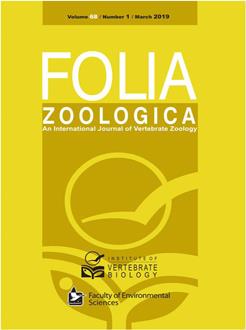In the last decades European roe deer (Capreolus capreolus) expanded its range, recolonizing also highly anthropized areas. In northern Italy this species recently reached the Po Plain, suggesting the possibility for the future settlement of a metapopulation in the whole plain. In this process, a key role may be played by internal source areas, such as Ticino Natural Park, where roe deer was reintroduced in 1990s. We carried out drive counts and surveys in a sample area of Ticino NP, in order to investigate about the current status of this population. Population Viability Analysis (PVA) was applied to infer about the population viability and its potentiality as source for dispersals. Our results showed a high-density population (30.7 ± 4.1 individuals per km2), with quite low proportion of juveniles (10.7 %), litter size (1.35 fawns/mother) and proportion of successful breeding females (24.6 %). Considering the high density of this population, its low productivity is most likely due to the onset of density-dependent factors and the approach to the carrying capacity. Neverthless, the PVA showed that in the next 30 years this population is likely to remain viable, representing an important potential source for a roe deer expansion in the fragmented lowland area of northern Italy.
How to translate text using browser tools
12 February 2019
Long-term viability of a reintroduced population of roe deer Capreolus capreolus, in a lowland area of northern Italy
Davide De Pasquale,
Olivia Dondina,
Elisa Scancarello,
Alberto Meriggi

Folia Zoologica
Vol. 68 • No. 1
February 2019
Vol. 68 • No. 1
February 2019
breeding success
drive counts
metapopulation
population density
population structure
population viability analysis




